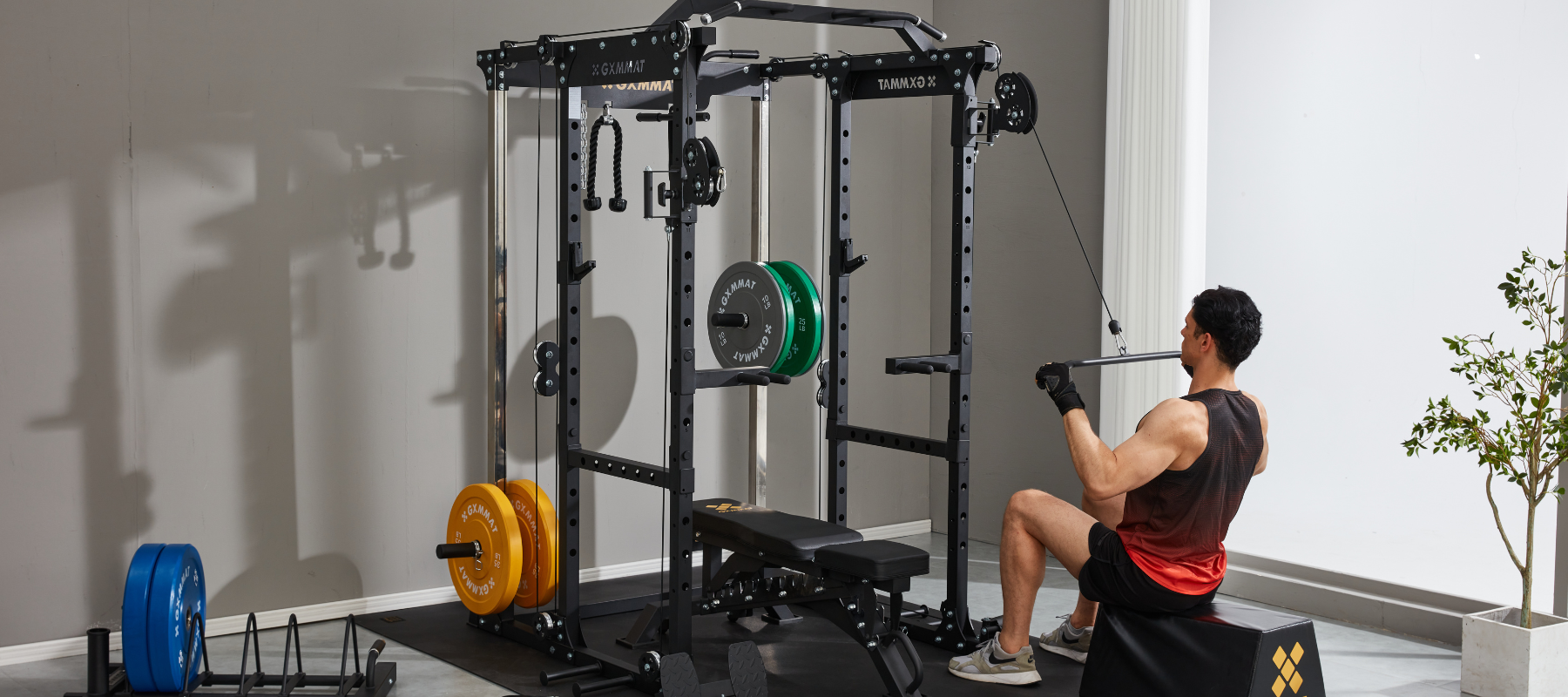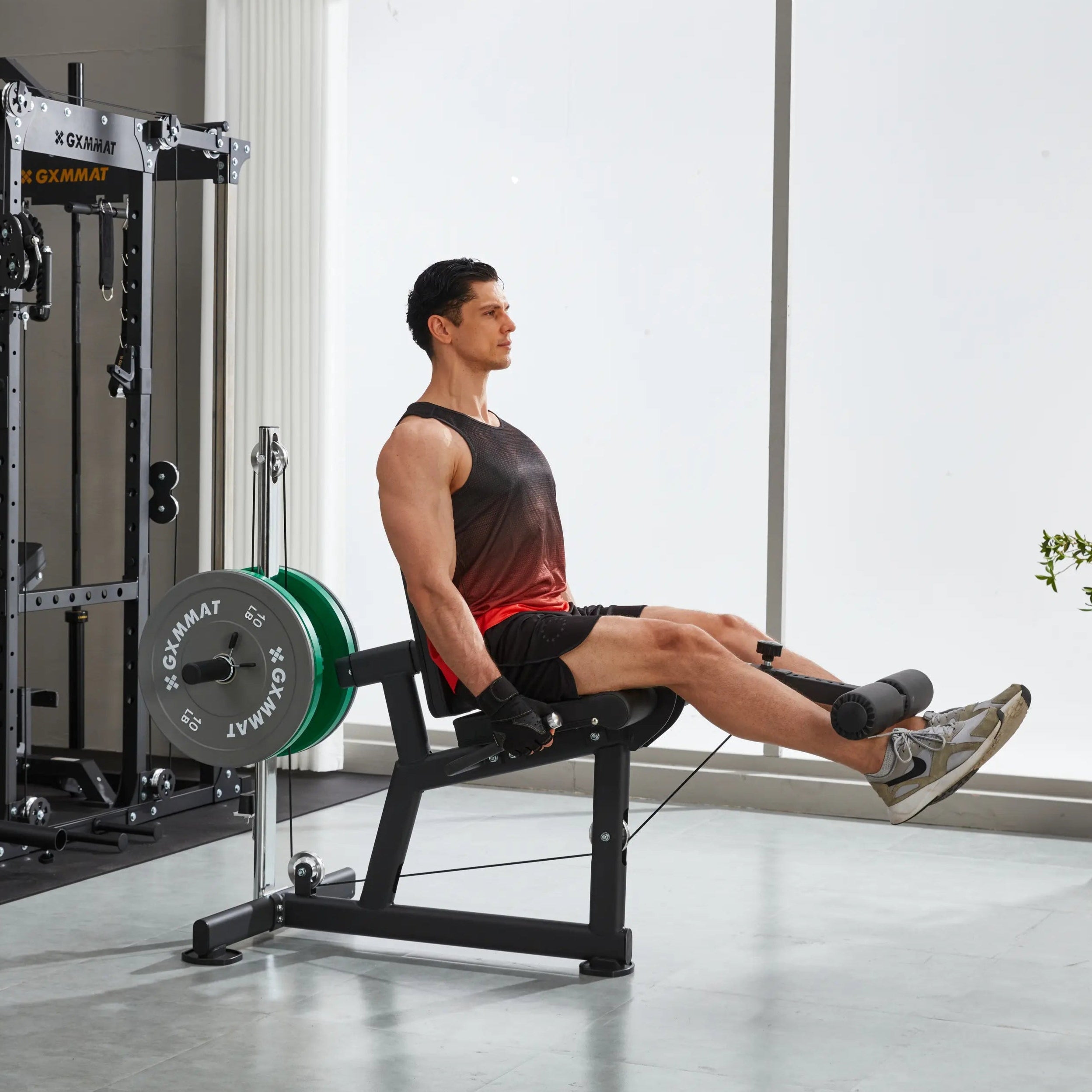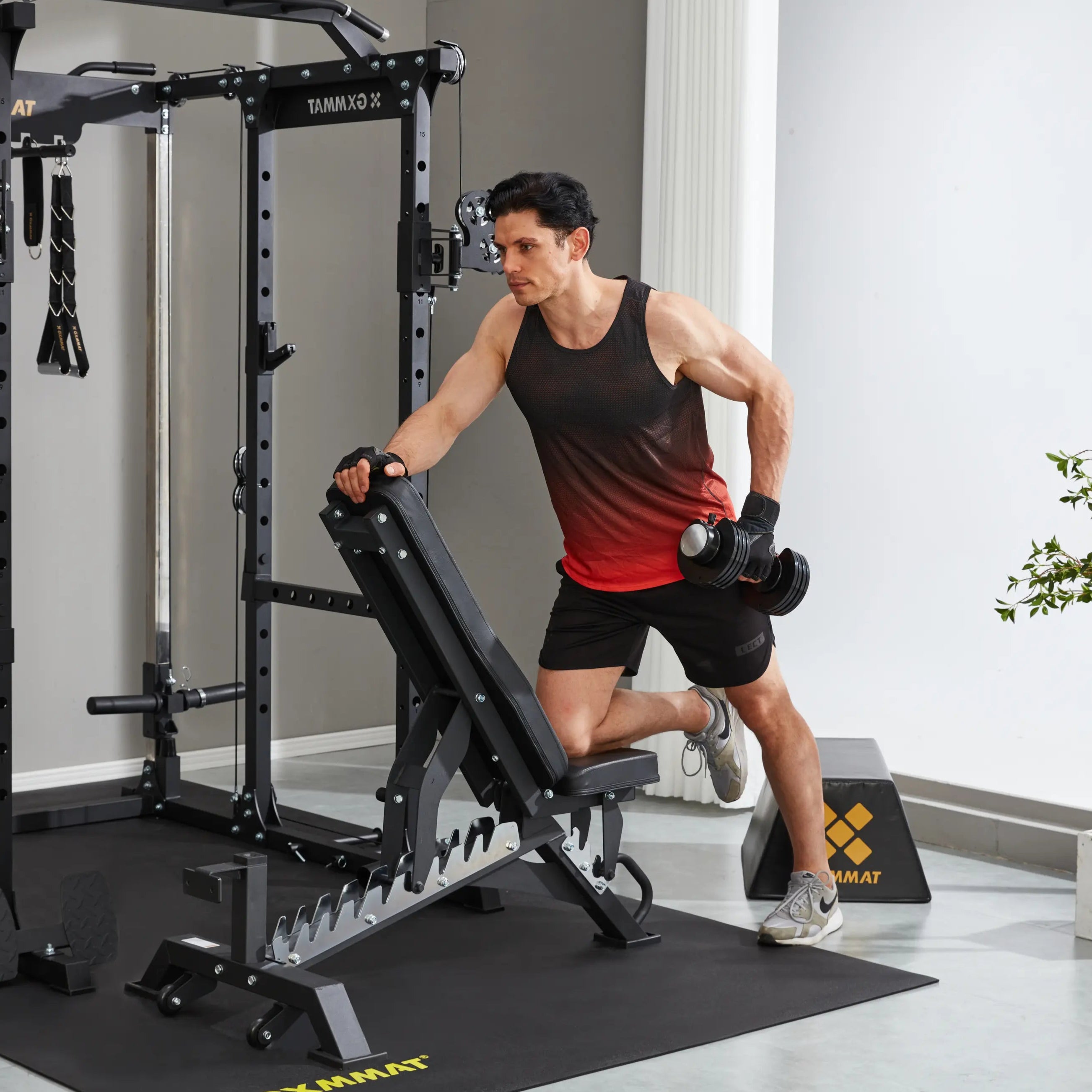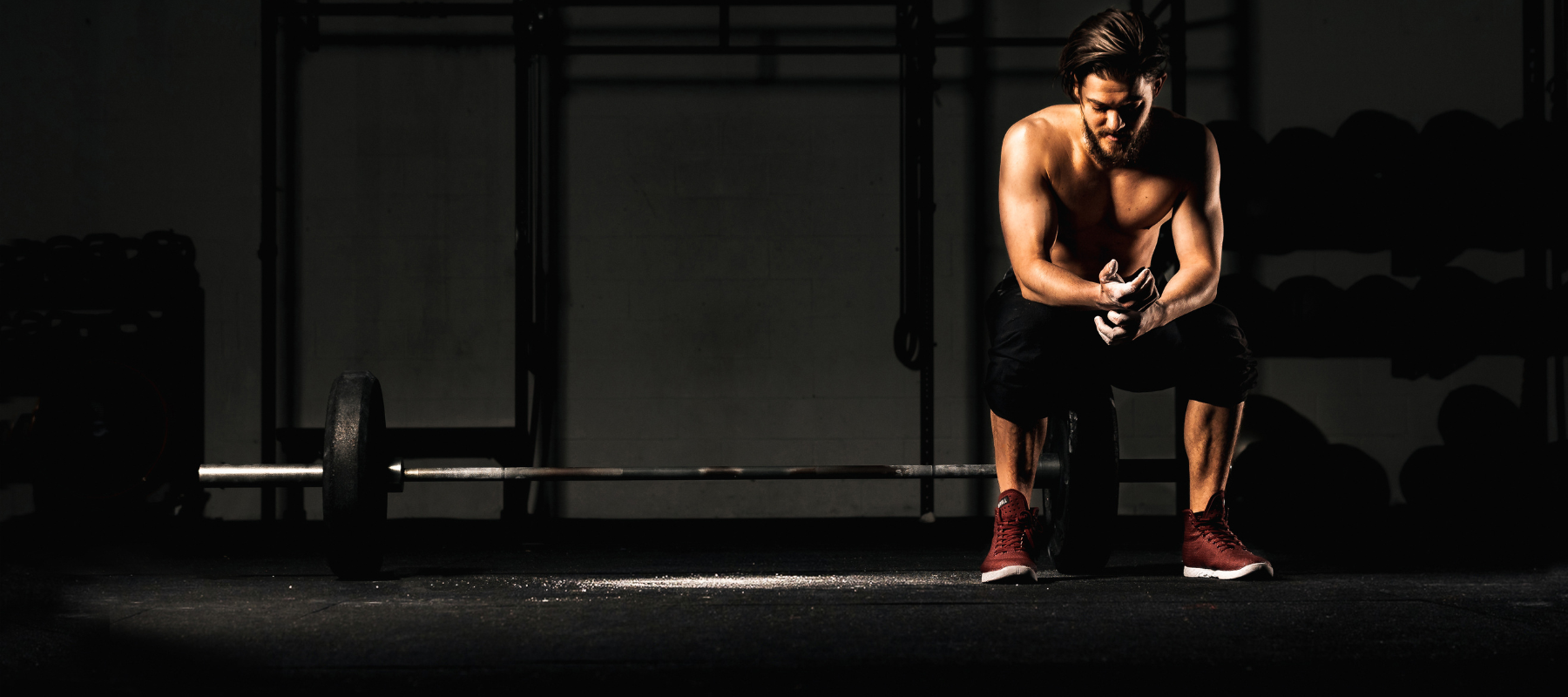Article: Seated Cable Row: The Right Way

Seated Cable Row: The Right Way
Why it works
The main advantage of the seated cable row lies in its constant tension, thanks to the smooth resistance provided by the pulley system. Compared with free weights, it better isolates the target muscles and reduces excessive involvement of assisting muscles. This exercise also enhances back and shoulder coordination, making it suitable for both home training and professional workouts.
The seated cable row allows you to contract your back muscles while depressing the scapula, improving shoulder external rotation and back coordination. Since the cable path is fixed, beginners can more easily master the movement while reducing stress on the shoulders and lumbar spine.
Additionally, seated cable rows can improve posture and help alleviate hunching caused by long periods of sitting or office work. When your scapula and back muscles are fully activated, shoulder stability and upper-body strength will see significant improvement.
If you don’t yet have cable training equipment at home, consider the GXMMAT X6 Power Rack, which comes with a high-quality pulley system and multiple grip handles—perfect for home training.
Preparation & Safety Tips
-
Equipment: Use a power rack with a pulley system. Ensure the cables and weight stack function properly. Check that the rope length and handle match your height.
-
Warm-up: Do 5–10 minutes of dynamic stretching (arm circles, cat stretches) to activate the back and shoulder muscles.
-
Safety: Choose an appropriate weight—avoid starting too heavy. Begin with a few light warm-up sets to test your body’s response.
Starting Position
- Adjust the pulley height and seat so you can naturally grip the handle with feet firmly pressed against the footrests.
- Sit upright with a neutral spine, core engaged, and scapula slightly depressed.
- Grip the handle with an overhand or neutral grip, take a deep breath, and prepare.
Execution
- Pull the handle: Retract your scapula and slowly draw the handle toward your lower abdomen, elbows close to your body.
- Keep core stable: Avoid rounding or leaning forward; depress scapula and lift chest.
- Breathing: Exhale during the pull, inhale when returning to start.
- Control: Don’t fully relax your scapula on the stretch; keep some tension throughout.
End Position
-
Handle near the abdomen, scapula fully contracted.
-
Back upright, elbows slightly bent (not locked out).
-
Pause for 1 second at the top to maximize muscle contraction.
Common Mistakes & Fixes
1.Rounding or rocking the back
- Fix: Keep core tight, spine straight, and select a manageable weight.
2.Excessive elbow flaring
- Fix: Keep elbows close to your torso, focus on scapular retraction.
3.Using momentum
- Fix: Control the tempo, avoid jerking or swinging the handle.
4.Over-relaxing the scapula
- Fix: Maintain light scapular engagement throughout.
Muscles Worked
-
Primary: Latissimus dorsi, rhomboids, middle and lower trapezius
-
Secondary: Biceps brachii, serratus anterior, rotator cuff muscles
The seated cable row comprehensively targets the back and arms. With standing variations, you can also activate the core and improve overall stability. Grip width and style influence muscle engagement:
-
Wide grip: More lat emphasis
-
Narrow grip: Greater biceps and rhomboid activation
Rotator cuff involvement is equally important—it stabilizes the shoulder joint and improves scapular mobility.
Summary
The true value of the seated cable row lies in its unmatched mind–muscle connection. When you learn to pull with your back instead of your arms, you begin building a strong, healthy, and well-defined back. Put your ego aside—start light, focus on feeling each contraction, and your back will reward you with visible progress.








Leave a comment
This site is protected by hCaptcha and the hCaptcha Privacy Policy and Terms of Service apply.